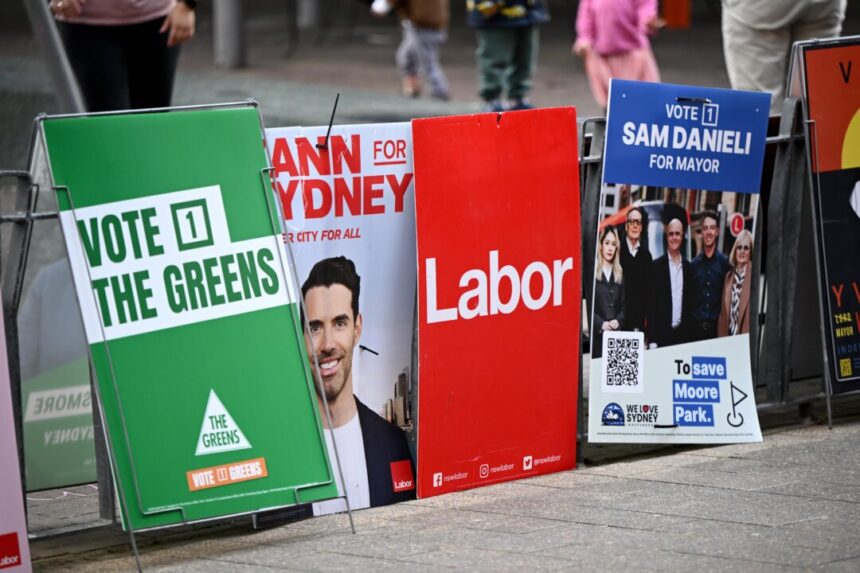The Australian federal government is aiming to address the escalating spending in election campaigns by implementing caps for parties, candidates, and donors. Donations will now be disclosed almost in real-time, with a lower threshold for reporting. These changes are set to take effect in 2028 and are expected to put an end to the excessive spending seen in previous elections.
Under the new rules, individual donors will be limited to contributing a maximum of $20,000 to a candidate per calendar year, with candidates required to disclose any donations over $1,000. Additionally, candidates and parties must reveal their funders within specific timeframes leading up to and following an election to prevent delayed payments.
There will be a cap of $600,000 per donor, along with a limit on candidate spending of no more than $800,000 in their respective electorates. Registered political parties will face a cap of $90 million nationwide.
Parties that receive more than 4 percent of the primary vote will receive increased funding from the public purse, rising to $5.00 per vote. This could potentially raise the total cost to taxpayers from $75 million to $129 million, benefiting major parties like Labor and the Liberals, as well as other successful candidates.
Independent MP Kate Chaney raised concerns about the unequal playing field, where parties can distribute funds to support threatened members while new independents face spending caps. However, the reforms are seen as a necessary step to address the influence of big money in politics and protect democracy.
The changes are also aimed at preventing billionaires like Clive Palmer from using significant funds to sway elections, as seen in previous instances. The new regulations are likely to face legal challenges, especially from major donors who may be impacted by the stricter limits on contributions.
Overall, the government’s efforts to introduce caps on election spending and increase transparency in political donations are crucial steps towards ensuring fair and democratic electoral processes in Australia.
Please rephrase this sentence.
Source link






